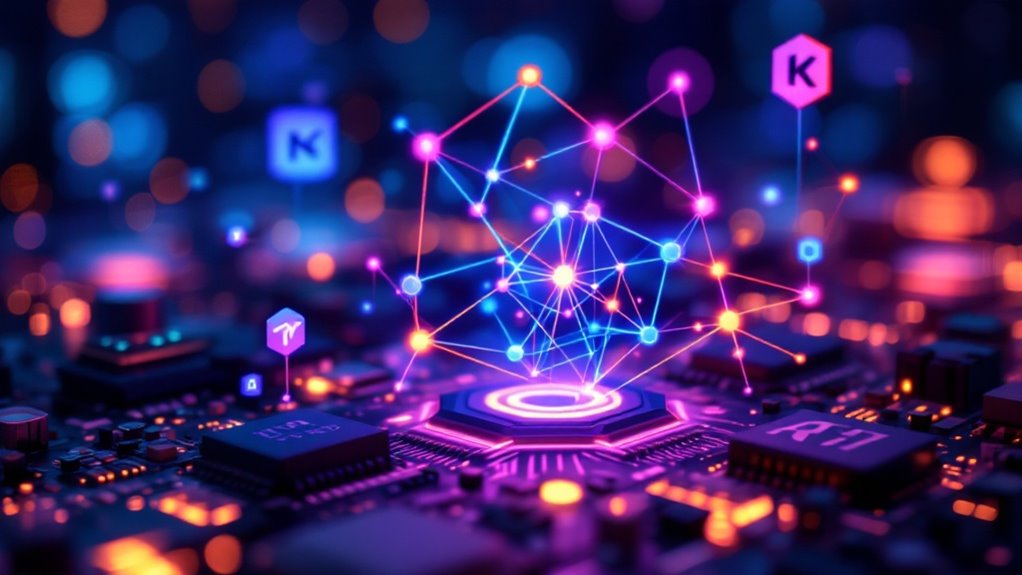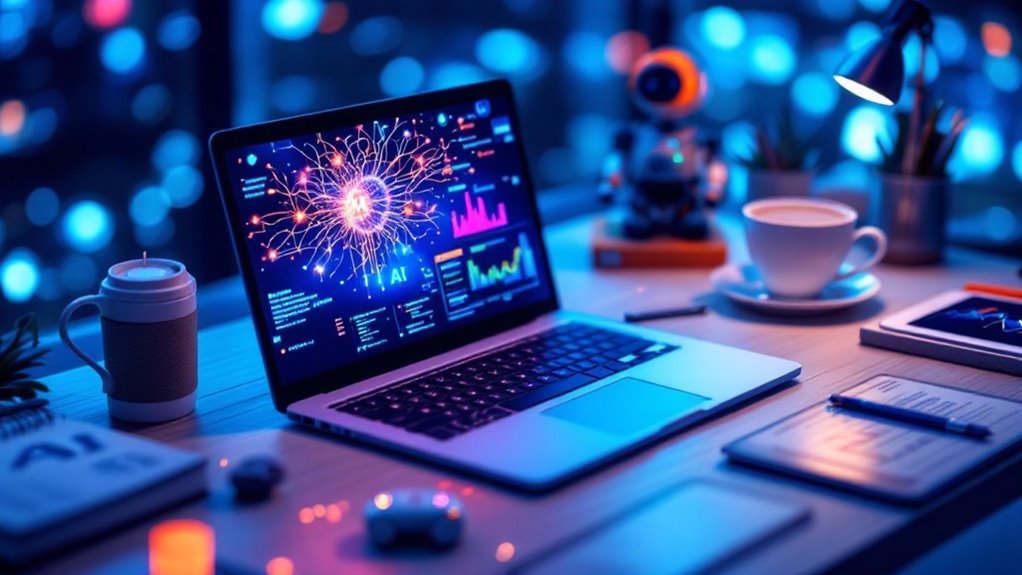Deep learning tackles wildly complex problems by copying how the human brain sorts information—except it doesn’t get distracted by cat videos. Using layers of neural networks, it can spot tumors in medical scans, steer self-driving cars, and even help robots dodge obstacles without faceplanting (sorry, WALL-E). It chews through massive piles of data, makes connections humans might miss, and keeps the modern world running. Stick around, because the science only gets stranger—and smarter—from here.
Crack open your favorite sci-fi novel, and chances are, deep learning is lurking somewhere behind the scenes—except now, it’s not fiction. Deep learning, that buzzword you’ve probably heard tossed around at tech conferences or on late-night tech podcasts, is a subset of machine learning. It uses neural networks—think of them as the brain’s digital cousin—to gobble up massive amounts of data and spit out insights, like whether that blurry shape in your vacation photo is a dog, a muffin, or your uncle Bob.
At the center of this digital wizardry are neural networks. They’re modeled after the human brain, minus the existential angst and caffeine addiction. These networks get better the more data you throw at them, which is why tech giants hoard data like dragons hoard gold. Data quality and availability play a crucial role in how well these networks perform, since even the smartest algorithms can’t compensate for messy or incomplete information. Neural networks are especially prized for their ability to model nonlinear data, allowing them to tackle image recognition and other challenging tasks that traditional systems struggle with.
*Image recognition?* Check. *Natural language processing?* Of course. Self-driving cars, robots that roam warehouses without crashing into things, and voice assistants that almost—but not quite—understand your sarcasm? All powered by deep learning.
But it’s not just about cool gadgets. Deep learning is revolutionizing science and engineering. Researchers use it to diagnose diseases from medical scans, predict environmental disasters before they become headlines, and even simulate new materials that haven’t been invented yet.
In manufacturing, deep learning makes processes smarter—less waste, more efficiency, fewer “oops” moments.
Let’s not forget the robots. Real-life ones, not the ones plotting world domination. Deep learning lets them navigate, handle inventory, and dodge obstacles without a human babysitter. In computer vision applications, convolutional networks process visual information pixel by pixel, enabling machines to interpret and understand the visual world just as humans do. They can even anticipate when they’re about to break down—so your pizza delivery bot doesn’t quit halfway down the street.
And yes, deep learning’s fingerprints are all over your phone: automatic photo tagging, voice assistants that translate languages on the fly, chatbots that try (sometimes too hard) to be witty.
In finance and healthcare, it’s making predictions, catching fraudsters, and spotting tumors faster than ever.









